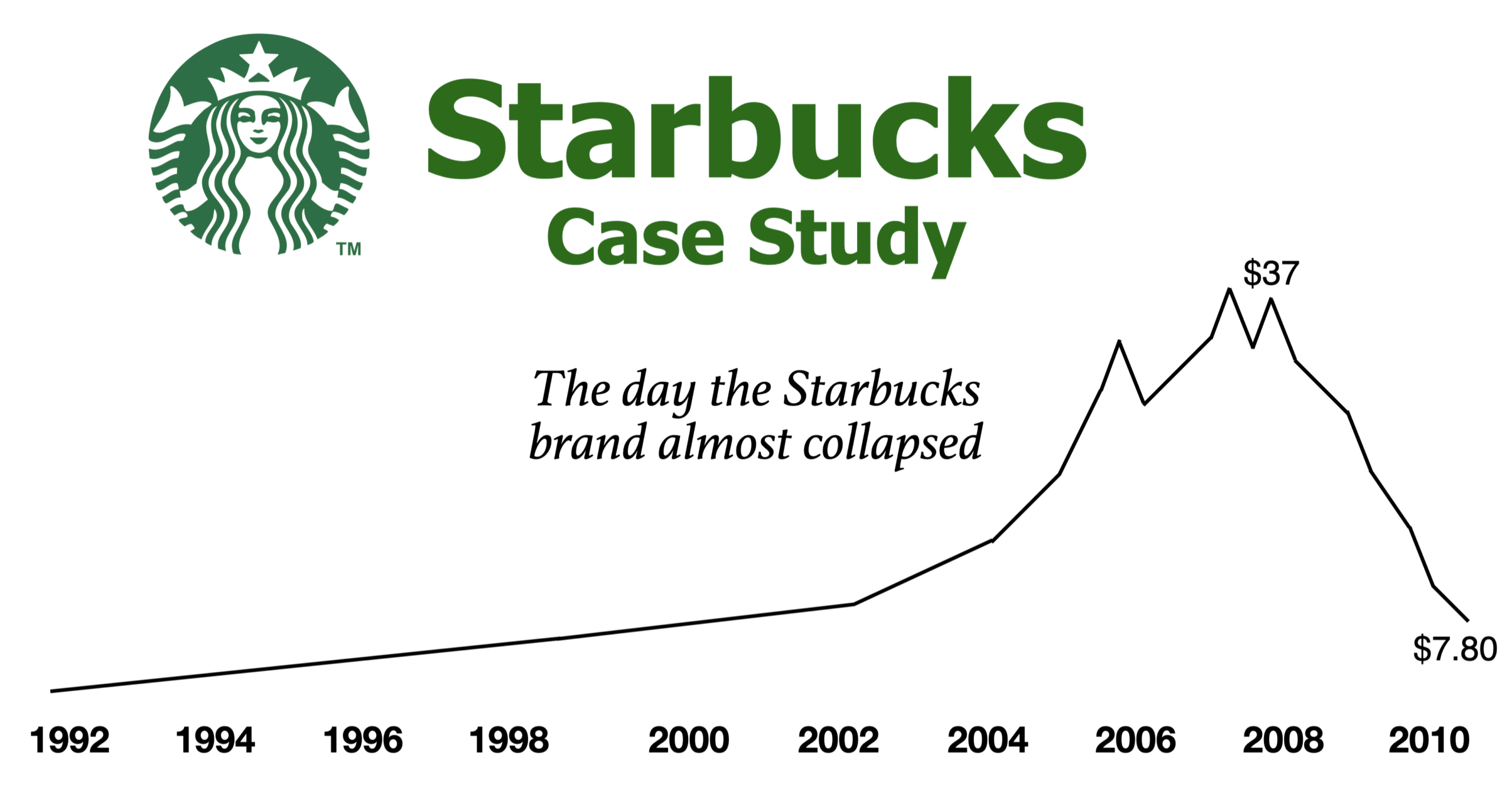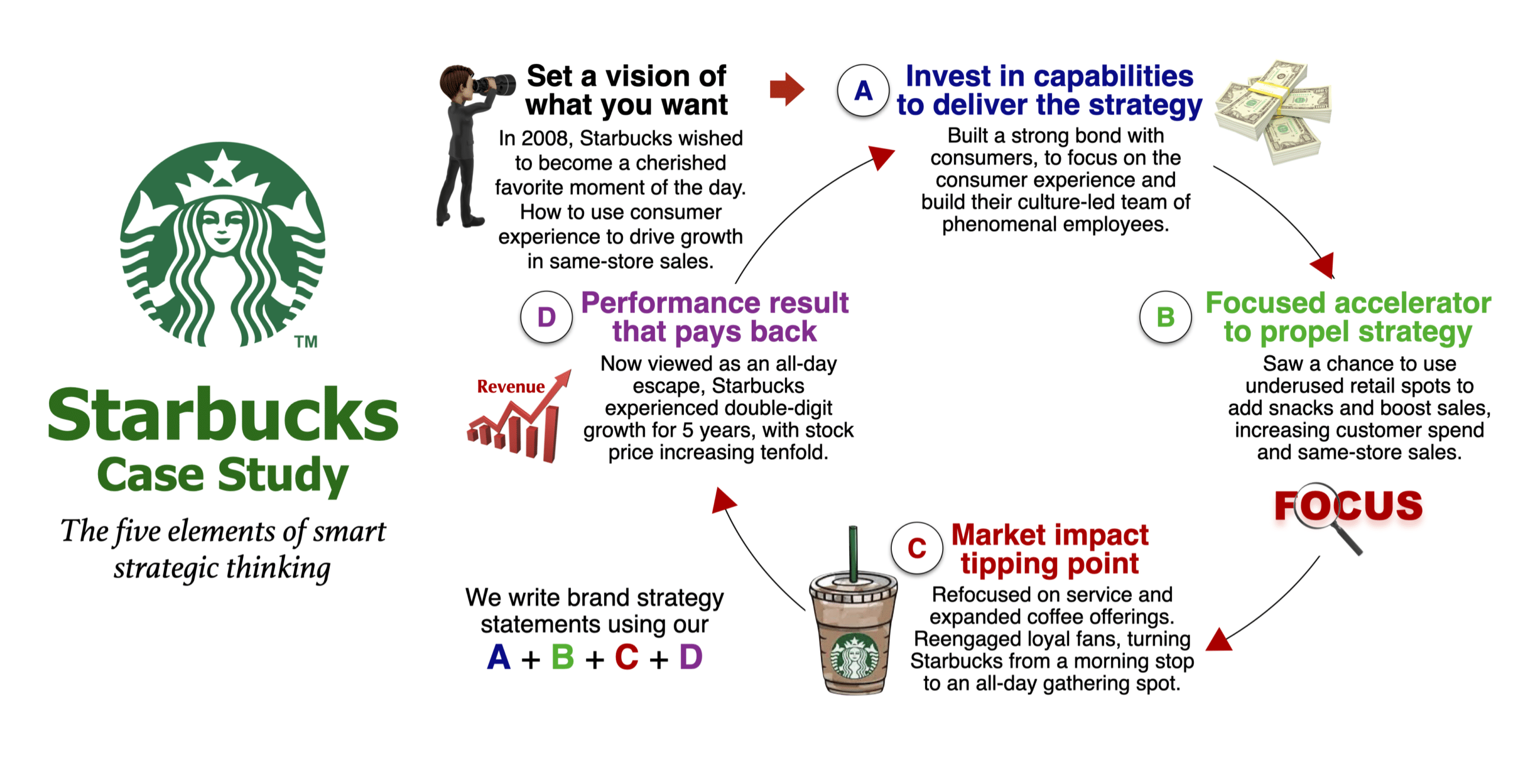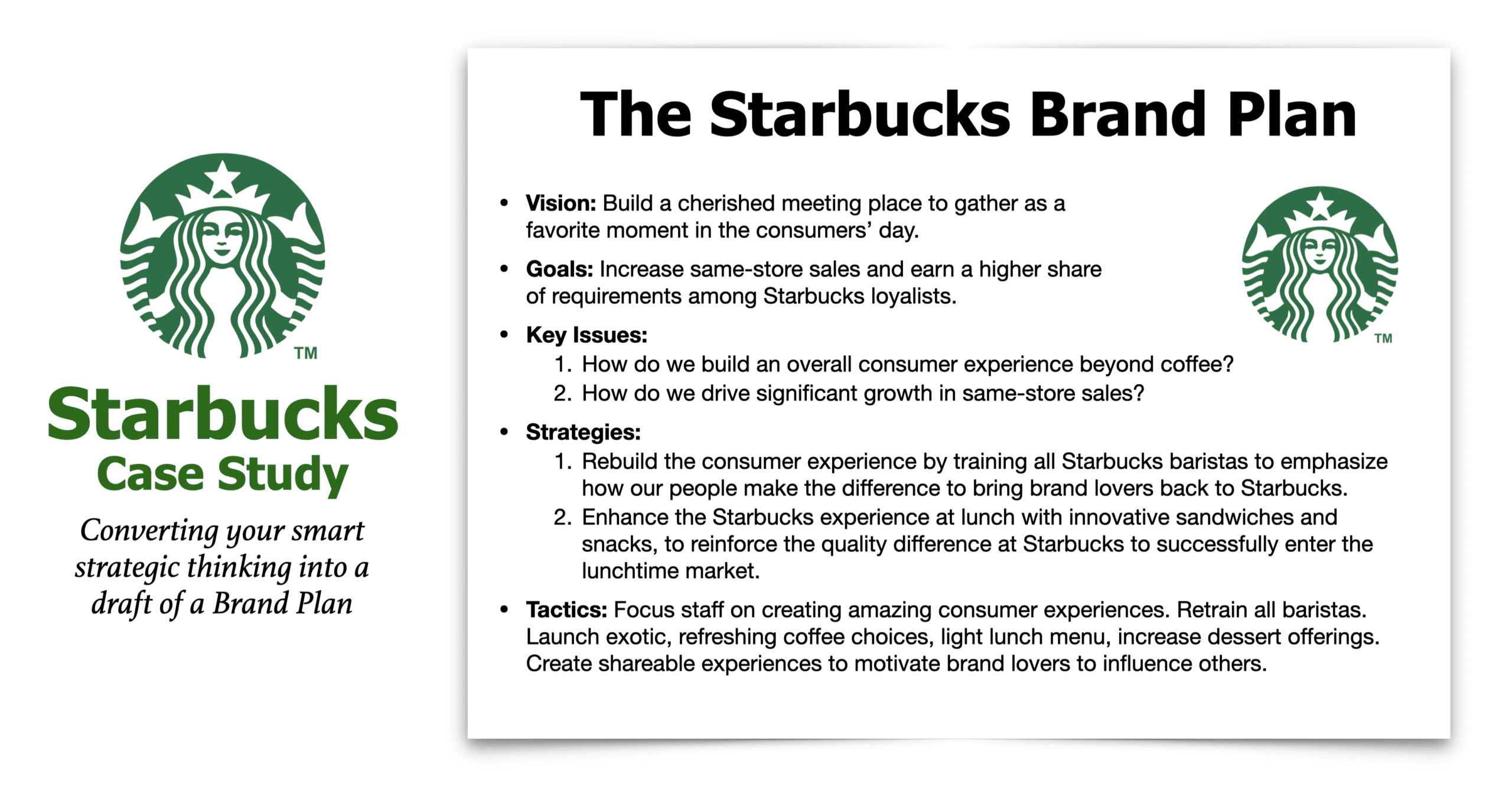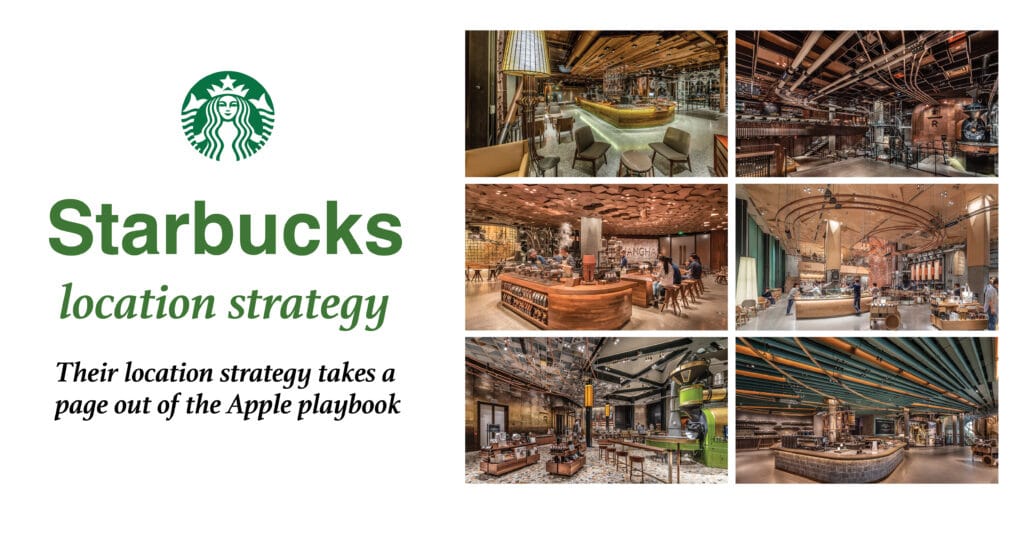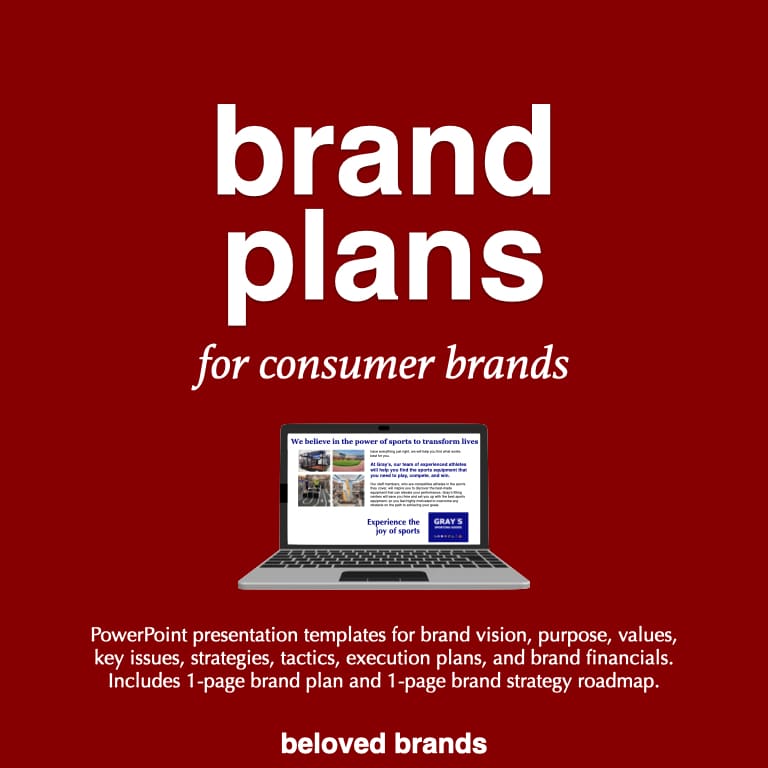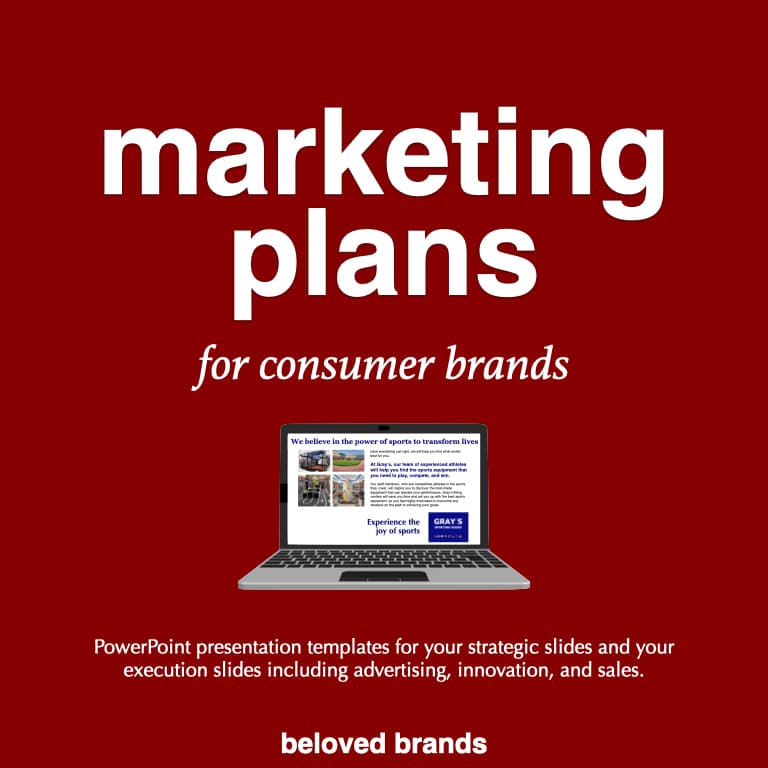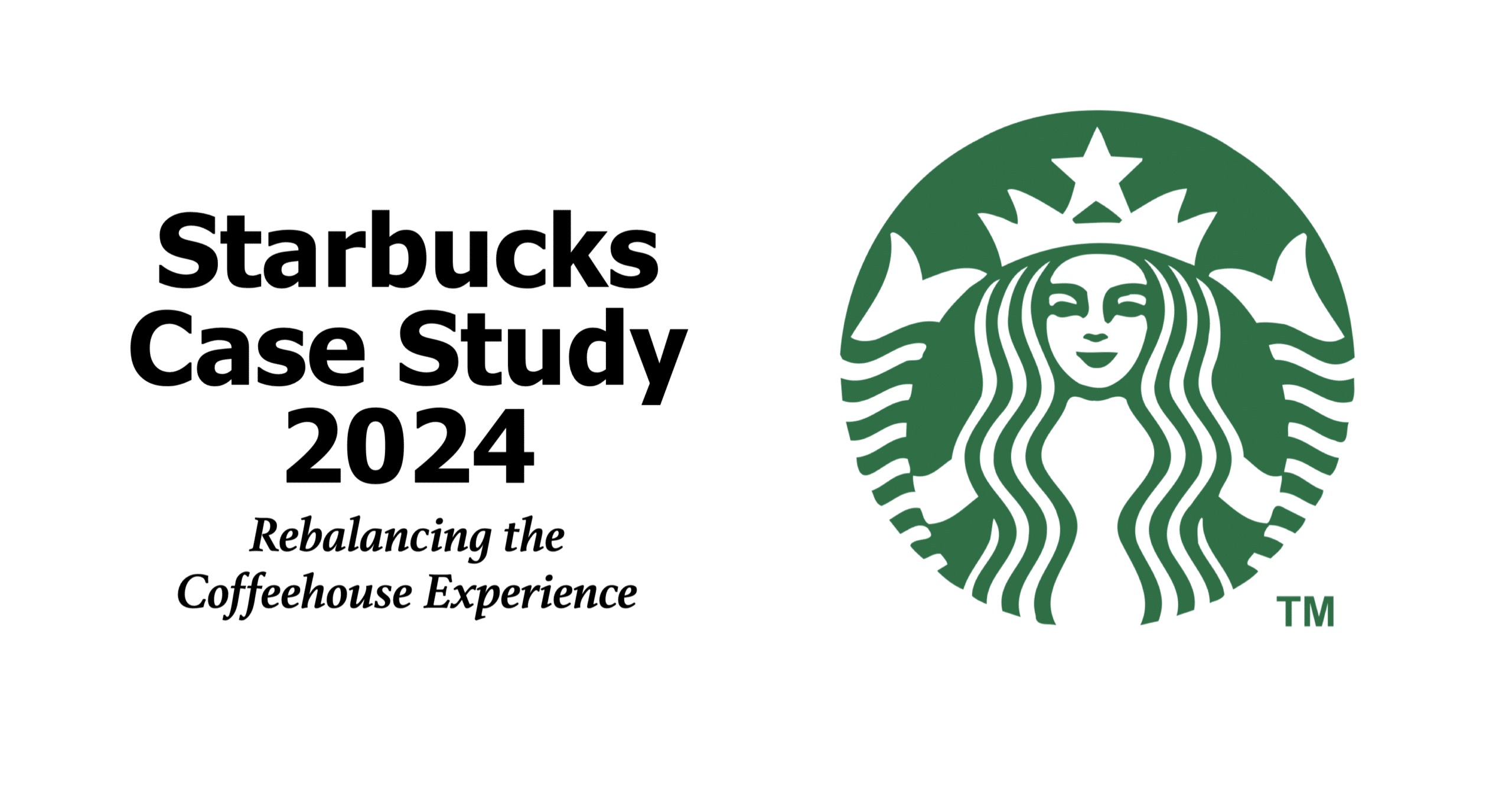Starbucks is one of the best customer experience brands, backed by a culture of service values and a team of engaged employees. However, back in 2008, the Starbucks customer experience had become so poor that their most loyal customers were leaving. Without a doubt, the brand was on the verge of collapse, with a plummeting stock price, store closures, and significant layoffs. Over the previous five years, Starbucks had stretched beyond manageable, entering into the recording and movie business. Importantly, our Starbucks case study shows how the collapse was an awakening to re-focus back on coffee. Above all, we will show how Starbucks rebuilt their customer experience to what we see today. To view an updated version of our Starbucks Case Study, click here: Starbucks Case Study 2024
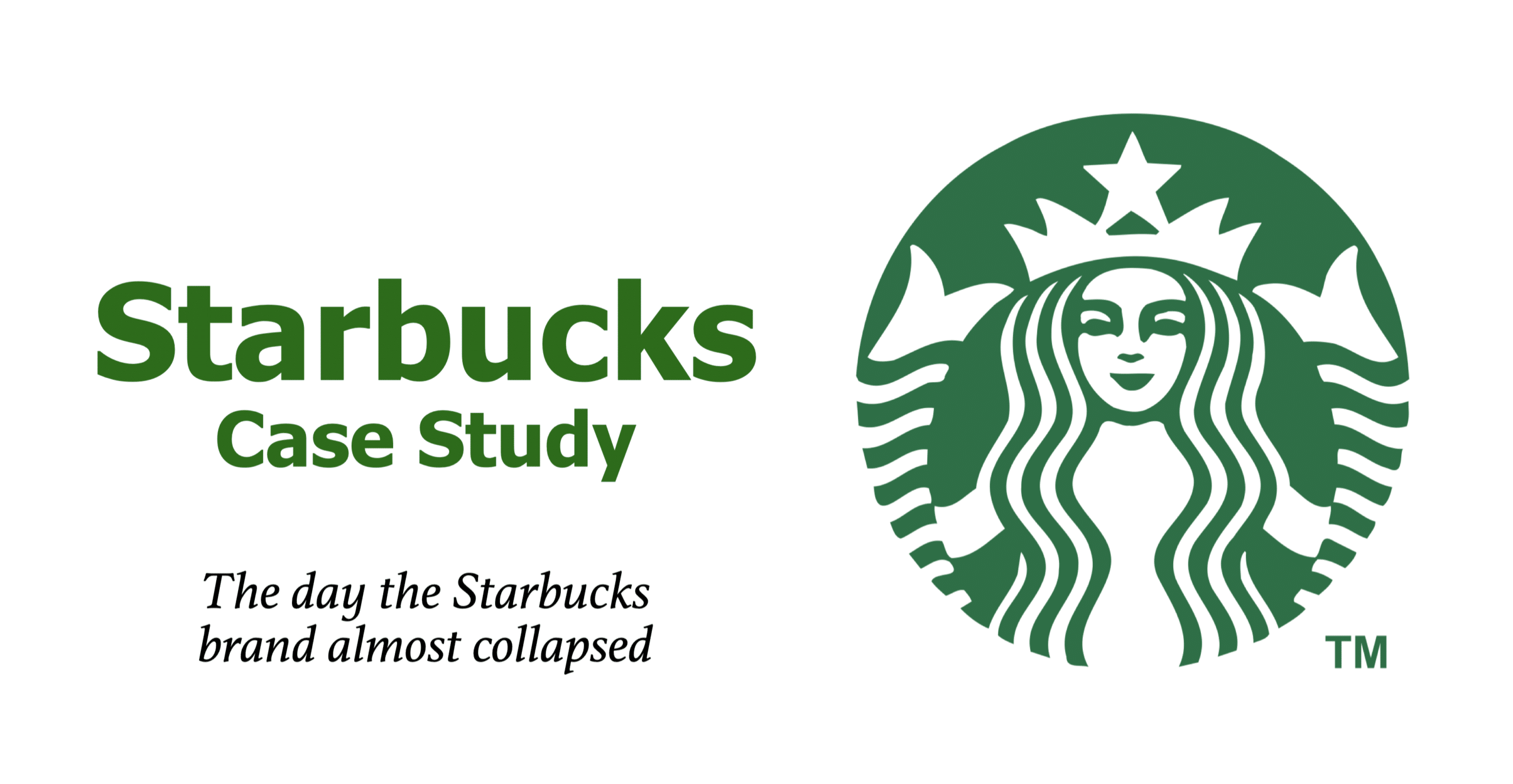
For Starbucks, it's more than the coffee
In some blind taste tests, the Starbucks coffee finishes middle of the pack. However, there is something about the Starbucks experience that has consumers lined up, and ready to pay twice as much for that average cup of coffee.
The brand views itself as being in the “moments” business. They stress the importance of the culture with its staff. Employees wear their green aprons with pride. Clearly, Starbucks uses service values to deliver incredible guest experiences.
Starbucks had tremendous success in growing its brand in the 1980s and 1990s. By 2000, people viewed Starbucks as one of the most modern beloved brands in the marketplace. They had earned a very healthy position, so it began looking for new opportunities to grow beyond coffee. Nonetheless, that healthy position created an ego-driven thought that they could do anything.
Starbucks Case Study - Table of Contents
Starbucks case study - the collapse
Starbucks took their eye off the ball
For consumers, Starbucks offers the perfect moment of escape between home and work. To spark pleasant moments, they offer a unique combination of Italian coffee names, European pastries, relaxed and friendly staff, comfortable leather seats, and indie music. Overall, they creates a warm atmosphere, all in support of a fabulous experience. Indeed, the amazing consumer experience they create sure makes the coffee taste great.
In 2003, their brand ego got a bit of control. Starbucks created its own music recording company, won eight Grammys, then launched a movie, and started a partnership with William Morris to scout for music, books, and films. Consequently, Starbucks even opened an “entertainment” office in Los Angeles.
Within five years, Starbucks had lost focus of who it was.
These new businesses had become a significant distraction; their core coffee brand suffered dramatically. Without the inspired leadership on coffee, sales plummeted, and the stock price had fallen from $37 to $7.83. Moreover, the company had to cut 18,000 jobs and close 977 stores. The Starbucks brand was in a complete free fall. Obviously, we started to wonder if this would be yet another trendy brand that would fade off into the sunset?
To illustrate, click on the falling stock performance of Starbucks.
Starbucks was the darling brand with steady growth through the 1990s. New brand fans every day. Around 2003, Starbucks started to lose their focus, and their results started to wobble. By 2008, they were facing a situational crisis. Our Starbucks case study outlines what they did to turn it around.
Starbucks needed to refocus - new brand strategy
Starbucks desperately needed to refocus
The company exited the entertainment business and rebuilt everything back to the coffee ritual. First, it closed each store location for an entire day to retrain every barista—a symbol of what is most important to consumer experience of the brand.
Then, Starbucks created sandwiches, snacks, and pastries around the coffee routine to gain more share of requirements and stretch the coffee routine into lunch and dinner. In short, all these efforts were designed to rekindle the consumer experience.
Smart strategic thinking allowed Starbucks to complete its turnaround plan
To illustrate, click to view the Starbucks case study that shows the smart strategic thinking they used.
We can use our strategic thinking tools to map out the strategic thinking by Starbucks. Their vision, strategic investments, focused accelerator, market impacts, and performance results. To illustrate, click on our strategic thinking flywheel to zoom in.
1. Set a vision of what you want
Starbucks wished to become a cherished favorite moment of the day. The question for Starbucks was how to build smartly around the consumer experience to drive significant growth in same-store sales.
2. Invest resources in a strategic program
They needed to regain its strong bond with consumers, to refocus on the consumer experience and build the brand through its culture-led essence, supported by a phenomenal team of employees. Importantly, Starbucks wanted to bring this culture to the forefront of the consumer experience.
3. Focused Accelerator creates an identified opportunity
In 2008, Starbucks refocused to shift the coffee ritual beyond mornings. It wanted to build an all-day gathering place. The company broadened the portfolio around coffee by adding desserts, snacks, and sandwiches. Importantly, they saw an opportunity in its under-utilized retail locations, which remained relatively empty after 11 a.m. Undoubtably, they wanted the broader portfolio to boost lunch and dinner sales, and earn a higher share of the consumer’s wallet and higher same-store sales.
4. Leverage a breakthrough market impact
Starbucks closed every store for a day to refocus on its service, then built a broader portfolio around coffee. Importantly, the company successfully reconnected with most loyal brand fans. It was able to turn the morning coffee routine into an all-day life ritual, allowing them to focus on becoming a consumer experience brand, and a gathering place to savor moments with friends and colleagues.
5. Performance result that pays back
Without a doubt, they were no longer seen as a destination just for morning coffee, but rather an escape at any point in the day, they saw double-digit growth for five straight years. Meanwhile, the stock price increased 10-fold over that period.
To illustrate, click to view the Starbucks case study that shows the smart strategic thinking they used.
Beloved Brands Marketing Training
To view, use the arrow to see our Beloved Brands Marketing Training video.
It's time to elevate your marketing team's performance with our Beloved Brands Marketing Training program.
Our marketing training makes your marketers smarter with brand analytics, strategic thinking, brand positioning, brand plans, and marketing execution.
Starbucks Brand Plan
The Starbucks Brand Plan
If you took the strategic thinking model and began to outline a brand plan for Starbucks, these would be the core elements:
Vision:
Build a cherished meeting place to gather as a favorite moment in consumers’ day.
Goals:
Increase same-store sales and earn a higher share of requirements among Starbucks loyalists.
Key Issues:
- First, how do we build an overall consumer experience beyond coffee?
- Second, how do we drive significant growth in same-store sales?
Strategies:
- Rebuild the consumer experience by training all Starbucks baristas to emphasize how our people make the difference to bring brand lovers back to Starbucks.
- Enhance the Starbucks experience at lunch with innovative sandwiches and snacks, to reinforce the quality difference at Starbucks to successfully enter the lunchtime market.
Tactics:
Focus staff on creating amazing consumer experiences. Importantly, retrain all baristas. Then, launch exotic, refreshing coffee choices, light lunch menu, increase dessert offerings. Clearly, they needed to create shareable experiences to motivate brand lovers to influence others.
To illustrate, click to view the Starbucks case study that shows the smart strategic thinking they used.
Our brand toolkit for consumer brands is our most comprehensive template helps you communicate your brand plans, brand positioning, business review and creative briefs.
Our brand plan template offers slides for vision, purpose, analysis, key issues, strategies, and execution plans, ensuring a thorough approach to your brand’s development. The brand positioning template guides you through defining your target profile, crafting a brand positioning statement, and developing a unique brand idea, concept, values, story, credo, and creative brief. Finally, our business review template provides slides for in-depth analysis of the marketplace, customers, competitors, channels, and your brand.
Choose the right template for your business needs
Marketing Plans for consumer brands
Combining strategic slides for insightful planning and marketing execution slides for seamless implementation, our templates are designed to propel your brand towards success and help you make a lasting impact in the market.


